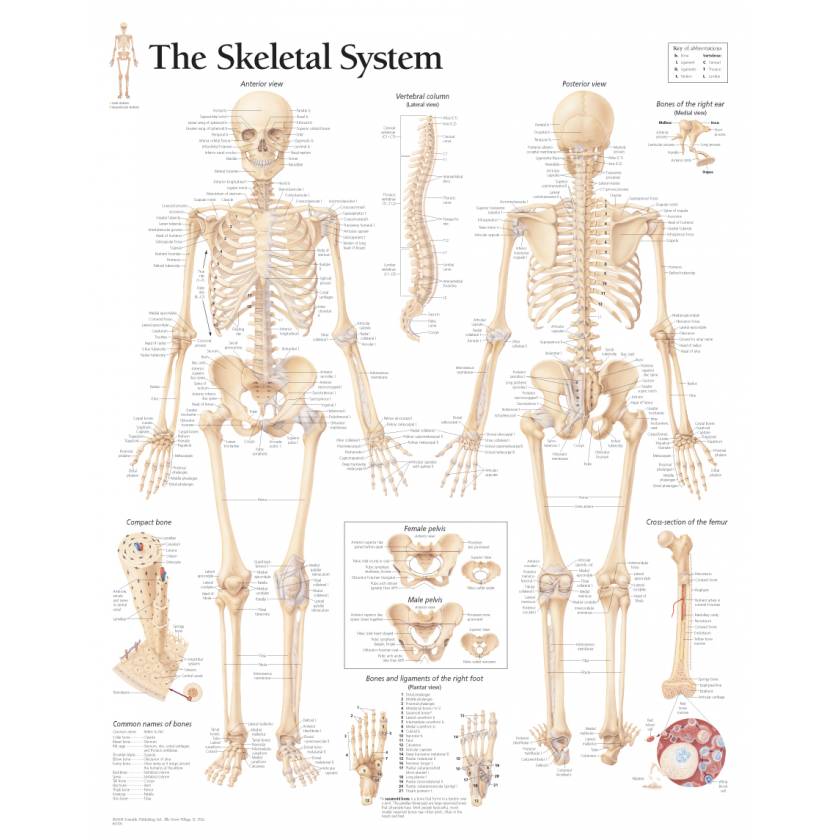
Human Bone Anatomy Chart The Human Skeletal System Anatomical Poster
Bones are your body's main form of structural support. They're made of hard, strong tissue that gives your body its shape and helps you move. Your bones are like the frame under the walls of your home. If you've ever watched a home improvement show and seen the internal structure of a house, that's what your bones are — the supports.

Human Skull Diagrams 101 Diagrams
The human skeleton is the internal framework of the human body. It is composed of around 270 bones at birth - this total decreases to around 206 bones by adulthood after some bones get fused together. [1] The bone mass in the skeleton makes up about 14% of the total body weight (ca. 10-11 kg for an average person) and reaches maximum mass.
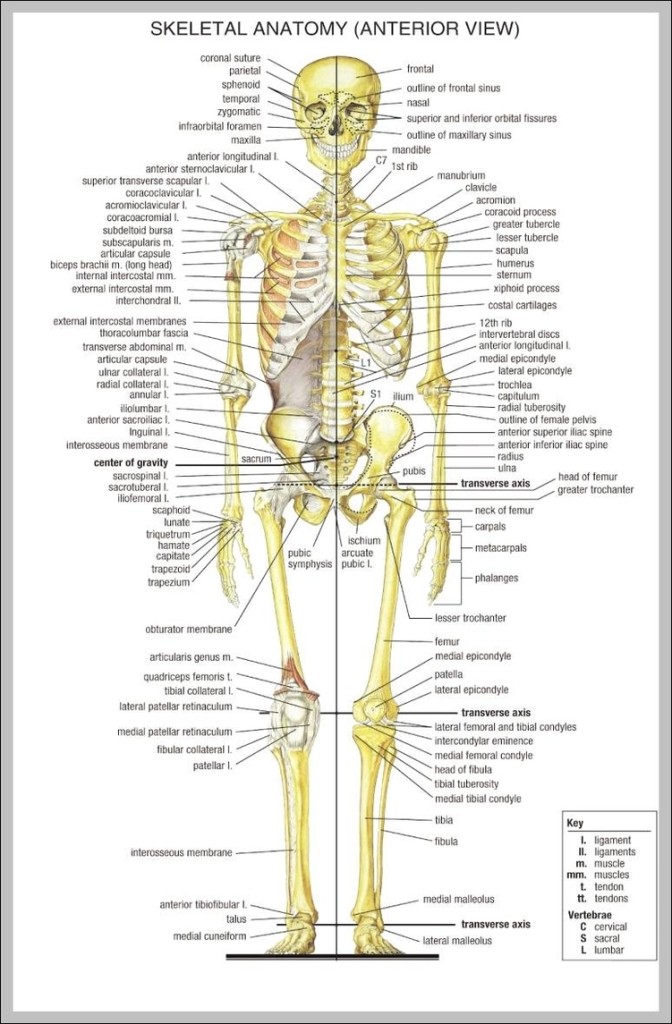
human skeleton labeled bones 744×1188 Anatomy System Human Body
The skeleton of an adult human is made up of 206 bones of many different shapes and sizes. Added together, your bones make up about 15% of your body weight. Newborn babies are actually born with many more bones than this (around 300), but many bones grow together, or fuse, as babies become older.
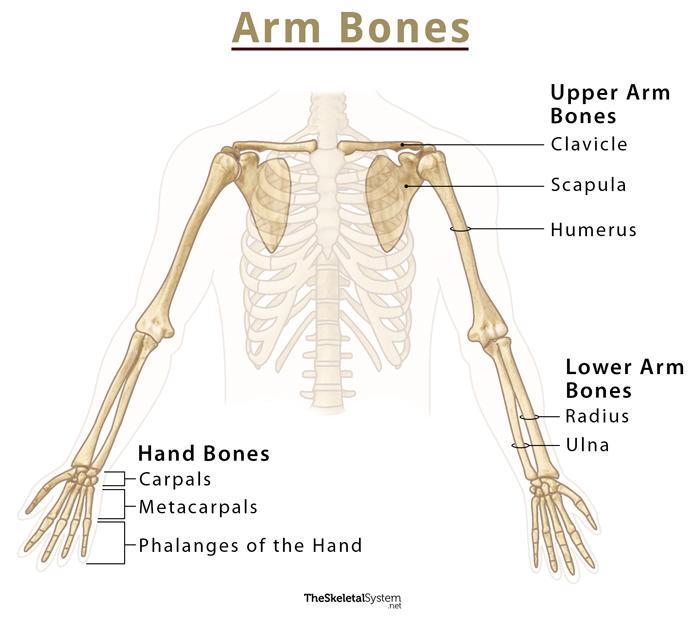
Skeleton Bones Labeled
Figure \(\PageIndex{2}\): Some of the 206 bones are labeled on the adult human skeleton. Besides bones, the skeletal system includes cartilage and ligaments. Cartilage is a type of dense connective tissue, made of tough protein fibers. It is strong but flexible and very smooth. It covers the ends of bones at joints, providing a smooth surface.

Quick Tips How to Estimate the Chronological Age of a Human Skeleton
There are a total of 206 bones in the adult human body. They range in size from the tiniest found in the middle ear, to the largest that forms our thigh.The human body has an amazing array of different bones, many of which you can find on yourself or on a skeleton.Knowledge of the skeletal structure of the human body is essential to know before any anatomy exam, especially in clinical.
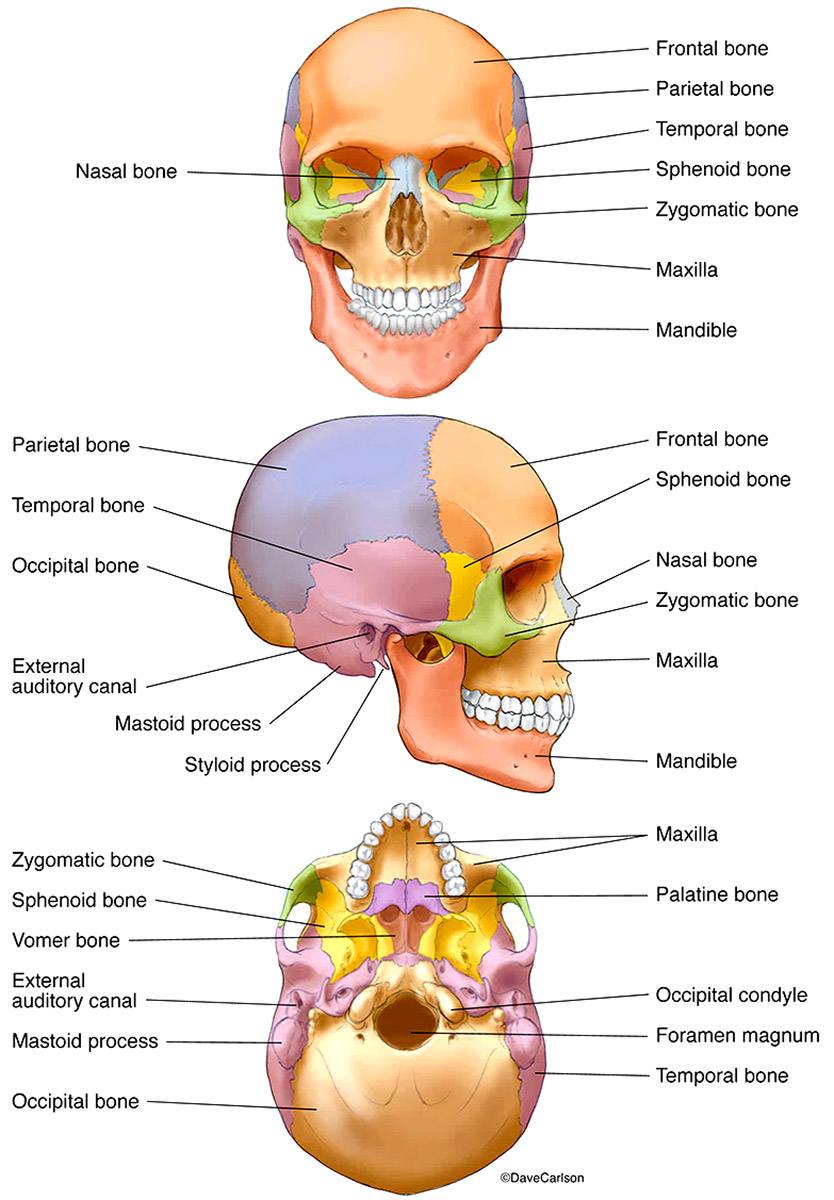
Bones of the Human Skull Carlson Stock Art
The skeletal system includes over 200 bones, cartilage, and ligaments. Read on to get 10 key facts about the human skeleton. 1. The Skeletal System Consists Of More Than Bones. When you look at the human skeleton the 206 bones and 32 teeth stand out. But look closer and you'll see even more structures.

Printable Human Skeleton Labeled
human skeleton, the internal skeleton that serves as a framework for the body. This framework consists of many individual bones and cartilages.There also are bands of fibrous connective tissue—the ligaments and the tendons—in intimate relationship with the parts of the skeleton. This article is concerned primarily with the gross structure and the function of the skeleton of the normal.

Skeletal System Anatomical Chart LAMINATED Human Skeleton Anatomy
The cranium is a skull bone that covers the brain, as seen in the skeleton diagram. The facial bones are not a part of the cranium. The bones that are just above the ear or in front of the ear are known as temporal bones. Stapes. Stapes is the smallest and the lightest bone in the human body. It is a stirrup-shaped bone found in the middle ear.

Human skeleton with labeled bones
The human skeleton of an adult consists of around 206 bones, depending on the counting of sternum (which may alternatively be included as the manubrium, body of sternum, and the xiphoid process). It is composed of 270 bones at the time of birth, but later decreases to 206: 80 bones in the axial skeleton and 126 bones in the appendicular skeleton. 172 of 206 bones are part of a pair and the.

Human Skeletal System Diagram coordstudenti
Main bones of the skeletal system. We'll begin by looking at the skeletal system. As the name implies, the structural and functional unit is bone-a highly specialized and hard connective tissue. Bones can be classified according to two major criteria, yielding different types of bones:. Compact and spongy bone (according to strength); Long, short, flat, irregular, and sesamoid (according.

34 Human Skeleton With Label Labels For Your Ideas
Definition. Bone is a living, rigid tissue of the human body that makes up the body's skeletal system. Structure. Cortical bone - outer layer. Bone tissue (cancellous bone) - inner layers. Medullary canal - contains either red (active) or yellow (inactive) bone marrow. Types of bones.

Major Bones In The Human Body Diagram Major Bones Of The Body Diagram
The only short bones in the human skeleton are in the carpals of the wrists and the tarsals of the ankles. Short bones provide stability and support as well as some limited motion. Flat Bones. The term flat bone is somewhat of a misnomer because, although a flat bone is typically thin, it is also often curved. Examples include the cranial.

humanskeletondiagram Tim's Printables
The skeletal system includes all of the bones and joints in the body. Each bone is a complex living organ that is made up of many cells, protein fibers, and minerals. The skeleton acts as a scaffold by providing support and protection for the soft tissues that make up the rest of the body. The skeletal system also provides attachment points for.

City Distributers Human Bones
The patella is a triangular bone that forms a protective cap over the knee joint. Also known as the kneecap, it articulates with the femur (thigh bone). It is the largest sesamoid bone in the human body. Tarsal Bones. The tarsal bones are the bones of the ankle, and there are 14 tarsal bones, 7 on each foot. They are as under.
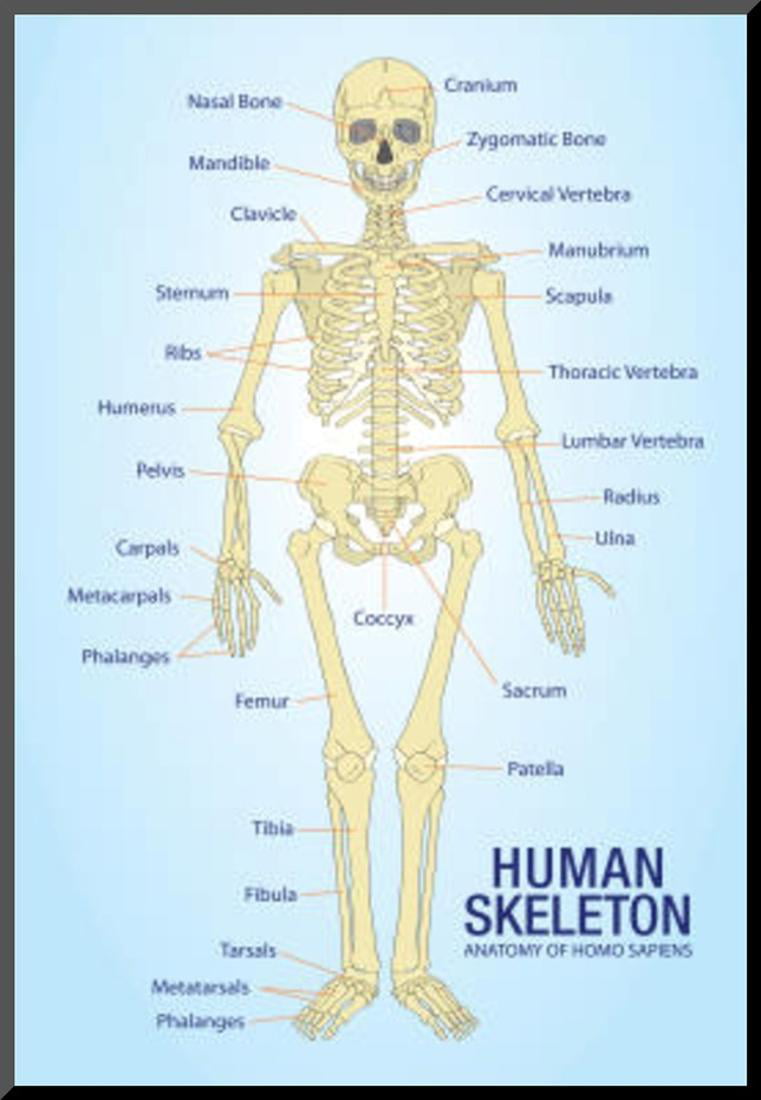
human bones labelled diagram
Bone Structure of the Chest and Hip. The bones shown in the chest and hip region in the labeled human skeleton diagram are the ribs, vertebrae, pelvis, OS coxae, sacrum and coccyx. Total there are 12 pairs of ribs, as you can see in the diagram. The last pair of the ribs, which is at the bottom of the rib, are called floating ribs, as they are.
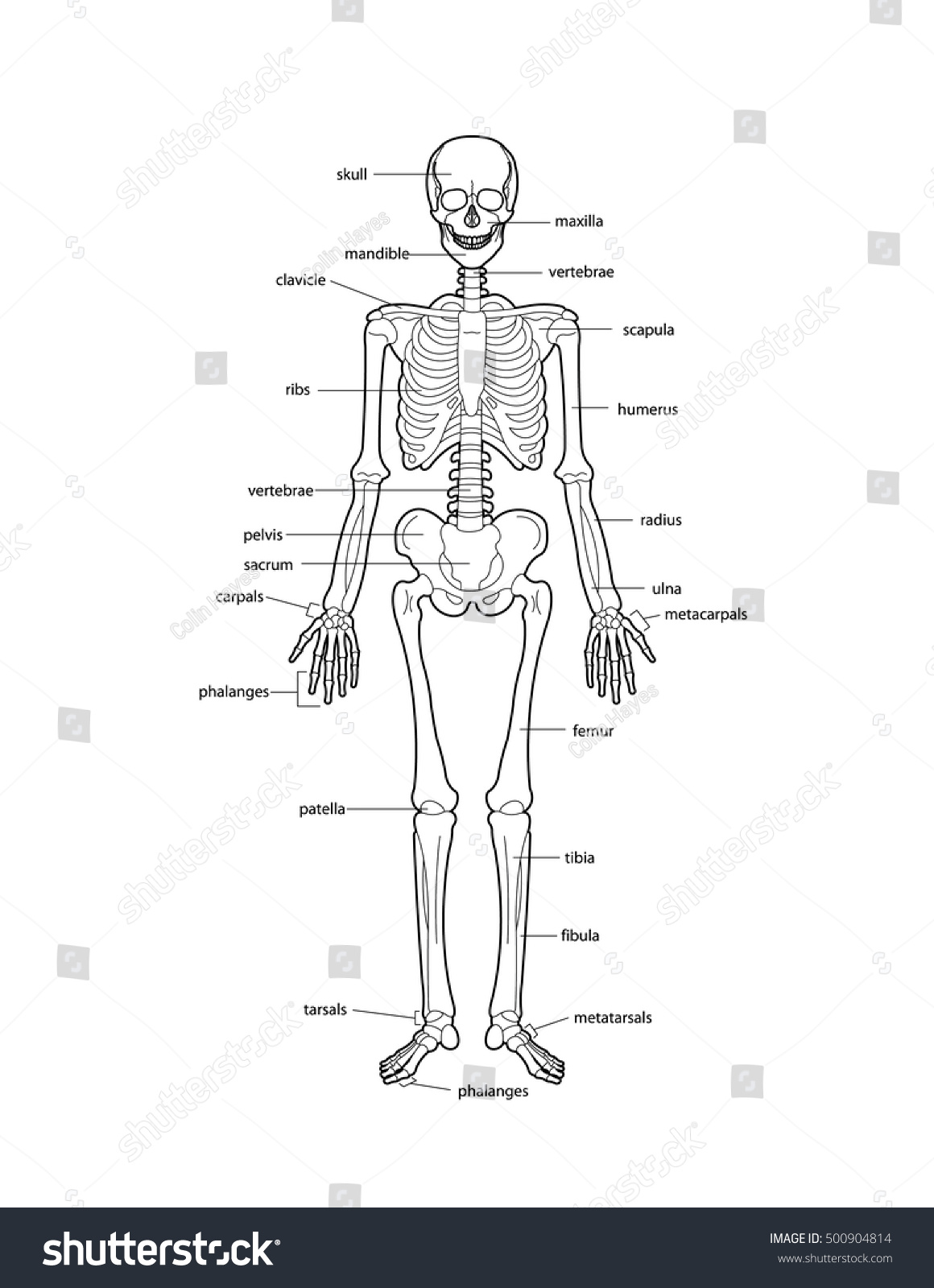
Human Skeleton Bones Labeled Stock Vector 500904814 Shutterstock
Summary. The skeletal system is made up of your bones, ligaments, and cartilage. Though its main function is to provide structural support for the body, it also stores important minerals—such as calcium—forms red blood cells, and protects your internal organs. The skeletal system can break down into two main categories—the axial skeleton.